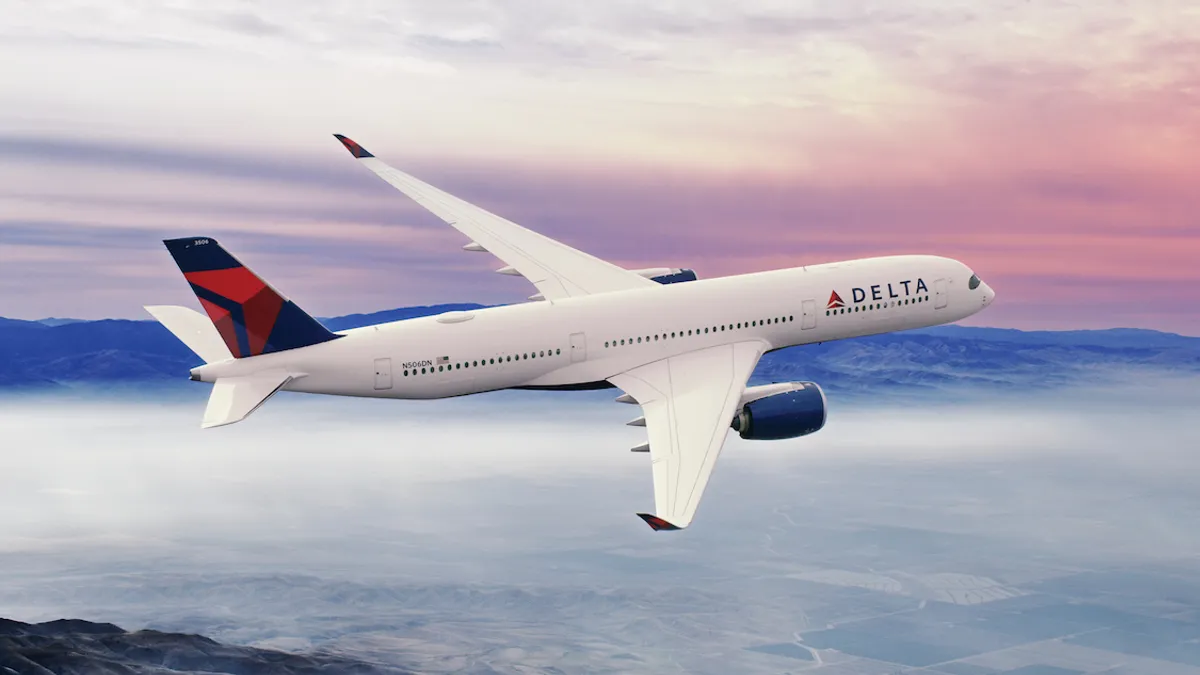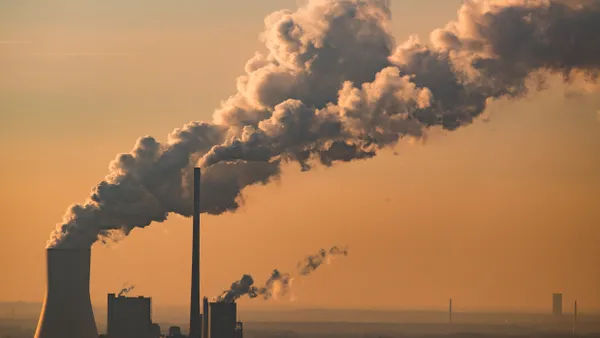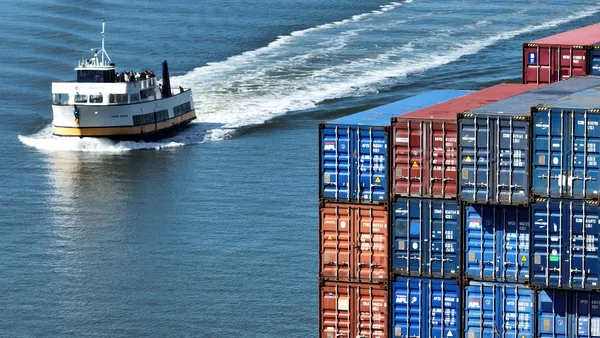Dive Brief:
- Delta Air Lines’ greenhouse gas emissions increased by 23% last year, compared to 2022, as global air travel demand neared pre-pandemic levels, the company said in its annual ESG report last week.
- The company reduced its jet-fuel related emissions by 3.2% last year and reduced scope 2 emissions by 7.4%, while reporting year-over-year increases in scope 1 and scope 3 emissions. Delta said it expanded its supply chain emissions categories last year and adjusted its baseline and last two years of emissions profile to reflect that.
- While Delta also reported it more than doubled the use of sustainable aviation fuels between 2022 and 2023, the commercial carrier’s total scoped emissions for the year — 53,272 455 metric tons of carbon dioxide equivalent — exceeded its 2019 baseline — 48,571076 mT CO2e.
Dive Insight:
Delta, the world’s largest publicly traded airline by revenue and market cap, reported a 16.8% spike in scope 1 emissions — from 30,741,000 mT CO2e in 2022 to 35,891842 mT CO2e in 2023 — as global air traffic for the year reached 94% of its 2019 levels, according to the International Air Transport Association.
While the airline's total emissions profile exceeded its 2019 baseline, its scope 1 emissions remain 3.8% lower than in 2019. The company has also reduced its emissions from generated electricity purchased — scope 2 emissions — by 36.3% in the past four years.
Delta CEO Ed Bastian said in a letter accompanying the report that the airline has focused its plan to reach net-zero emissions by 2050 around turning technical and operational enhancements into a fleet that is more fuel efficient, uses more sustainable aviation fuels and reduces emissions.
“We must begin the hard work now to deliver more sustainable travel experiences — it’s imperative for our planet, our communities and our business,” Bastian said.
To that end, the Atlanta, Georgia-based airline reported progress in both increasing its use of sustainable aviation fuel, as well as 21 million gallons in realized fuel savings from smart-routing, weight reduction and other operational or technical advances.
Delta said it delivered 3.5 million gallons of SAF last year, up from 1.6 million in 2022. The airline has a goal to deliver 12 million gallons of SAF this year and more than 20 million gallons in 2025. Delta said it will need to procure 400 million gallons of SAF annually by the end of 2030 to reach its goal of replacing 10% of its fuel use with SAFs by then.
Currently, Delta uses SAFs at five airports: Los Angeles International, San Francisco International, Amsterdam Airport Schiphol, London Heathrow and Paris’ Charles De Gaulle, according to the report. The company said it’s working to sign both short- and long-term agreements with SAF producers, and called SAFs “one of the most important levers for decarbonizing flight.”
The current challenge for the airline is growing the SAF market enough that it is available at the necessary price and scale needed to drive emissions reductions across the sector, according to the report.
“At present, there isn’t enough annual production of SAF to fuel the world’s airlines for even one week,” the report said. “Achieving the exponential increase in production required will be dependent on the combined efforts of airlines, fuel producers, federal and state governments and others.”











